I made a documentary about Scary Stories to Tell in the Dark. (Now available to watch.) The three books consisted of over 80 stories of folklore and urban legends. It was impossible to appropriately address each and every story in a single documentary. This website, in part, is a chance to look at individual stories that I researched, tales in which I learned about their origins and social contexts. It’s a chance to examine stories that I ultimately found to be fascinating in some way or another.
This is The Dream.
While the story is titled “The Dream,” it is the illustration and the character known as The Pale Lady that has become huge in the pop culture vernacular.
Looking closer at the story and its origin, you will find that there is a lot going on with it, even beyond the ghostly Stephen Gammell art.
The Pale Lady Story in Scary Stories to Tell in the Dark
Here is the full version of the story “The Dream” that introduced many people to the Pale Lady. It was included in the third Scary Stories to Tell in the Dark book, Scary Stories 3: More Tales to Chill Your Bones. “The Dream” features this lady who is described as pale but doesn’t actually refer to her as “The Pale Lady” even once.
Lucy Morgan was an artist. She had spent a week painting in a small country town and decided that the next day she could move on. She would go to a village called Kingston. But that night Lucy Morgan had a strange dream.
She dreamed that she was walking up a dark, carved staircase and entered a bedroom. It was an ordinary room except for two things. The carpet was made up of large squares that looked like trapdoors. And each of the windows was fastened shut with big nails that stuck up out of the wood. In her dream, Lucy Morgan went to sleep in that bedroom.
During the night a woman with a pale face and black eyes and long black hair came into the room. She leaned over the bed and whispered, “This is an evil place. Flee while you can.” When the woman touched her arm to hurry her along, Lucy Morgan awakened from her dream with a shriek.
The Pale Lady in the Scary Stories Movie
In 2019’s adaptation of Scary Stories to Tell in the Dark, the character of the Pale Lady appears because the stories from the book are coming alive. And it is the figure that the character Chuck has been dreaming about, fearful of. So it was only a matter of time. Here is the scene.
It isn’t surprising that this is quite different than the story “The Dream” that is featured in the book. In order to fit many stories into one narrative, a lot of liberties are needed to tie it all together. The look of The Pale Lady is spot on. But of course, some of the meaning of the story is lost in the translation.
Origin of The Pale Lady Story
As Alvin Schwartz reports, the origin of the pale lady story comes from the autobiography of Augustus Hare, a 19th Century author and humorist. The story is a bit longer, but also in some ways even more haunting than the one included in the Scary Stories to Tell in the Dark book.
What you’ll notice is that it is the woman who is seeing the figure that is described as pale. And it is a man’s face she sees. As I get into further below, the notable parts of the story helps us find interesting meanings behind The Pale Lady story.
Here is the version that Augustus Hare recounted in his autobiography Story of My Life, which he claimed to be a true story.
“When Mrs. Alcock went to her new home in Leicestershire, it was a great comfort to the Misses T. and others who cared for her that some old friends of the family would be her nearest neighbours, and could keep them cognisant of how she was going on. For some time the letters of these friends described Mrs. Alcock as radiantly, perfectly happy. Mrs. Alcock’s own letters also gave glowing descriptions of her home, of the kindness of her husband, of her own perfect felicity. But after a time a change came over the letters on both sides. The neighbours described Mrs. Alcock as sad and pale, and constantly silent and preoccupied, and in the letters of Mrs. Alcock herself there was a reserve and want of all her former cheerfulness, which aroused great uneasiness.
— FOUNDATIONS OF HORROR —
Further explore these subgenres & tropes. more>>
#Scary Stories to Tell in the Dark | #Never Sleep Again | #Folk horror | #Harbinger of Death

The Meaning Behind “The Dream”
Prophetic dreams are a long-standing part of stories told in myth and literature. Many Greek and Roman myths involve a ghost that appears as a warning. In addition there are many folk creatures and ghosts that involve figures peering over a dreamer, including the Alp of Germanic origin, the incubus (similar, but with more sexual undertones), and the mara (which just happens to be the original source of the English word nightmare).
Many of these inevitably can be connected to real-world things, such as sleep paralysis and night terrors. Like many scary stories, it often begins with psychological disorders and other phenomenon that science can at least partially explain. Here is a haunting documentary that addresses such terrors, The Nightmare.
Beyond that, I think the most compelling meaning behind the Pale Lady story, and even more so the original story that it is based on, comes from what stems from a person who often shows up as “pale” and sickly looking.
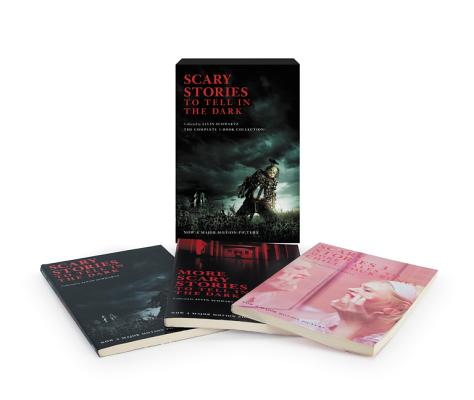
In the original story, the person who is pale is the woman seeing the figure, not the figure or creature she sees. And especially in the 19th Century, a person who appears as pale is a sign of someone who is likely suffering from tuberculosis or any number of other ailments. This is a sign of someone who is on death’s door.
Seeing a ghostly, scary figure in their dream is a sign of their impending death.
Seen in this way, this scary pale figure is your own future, a future version of yourself, staring back at you. This prophetic component of a scary urban legend is used often, and has even showed up in more modern pop culture. In 2008’s Mungo Lake it isn’t a dream but rather a figure in a video, but the same prophetic vision is given a more modern spin.
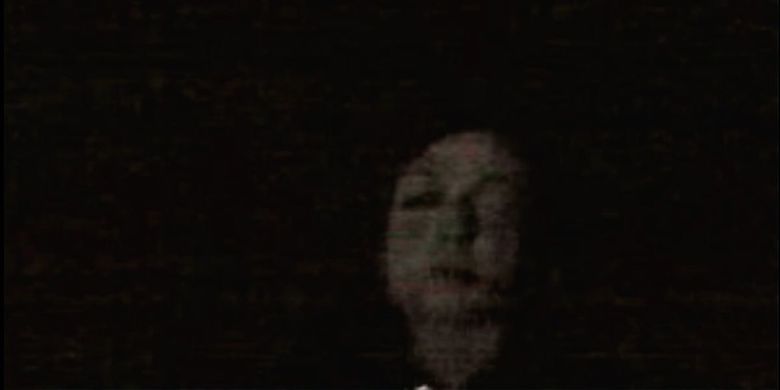
When analyzing 2018’s Hereditary sleep is used in a similar way, where both a pale ghostly sister, a grandmother, and an increasingly insane mother creeping in the bedroom is used to great effect… and ultimately plays into part of the some-might-say inevitable ending. Many visions and dreams happening in Hereditary can be seen as prophetic.
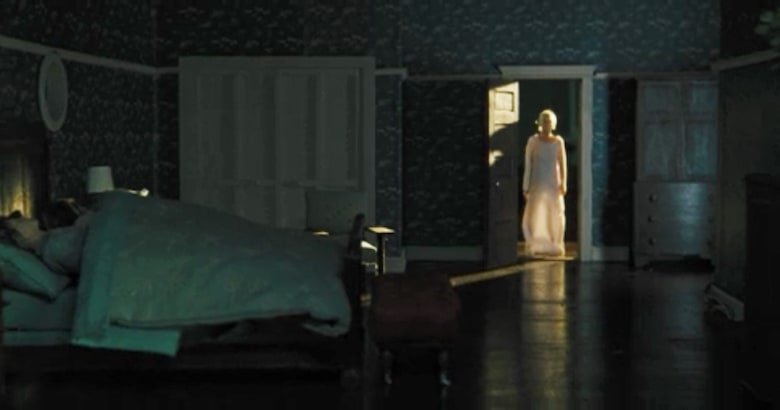
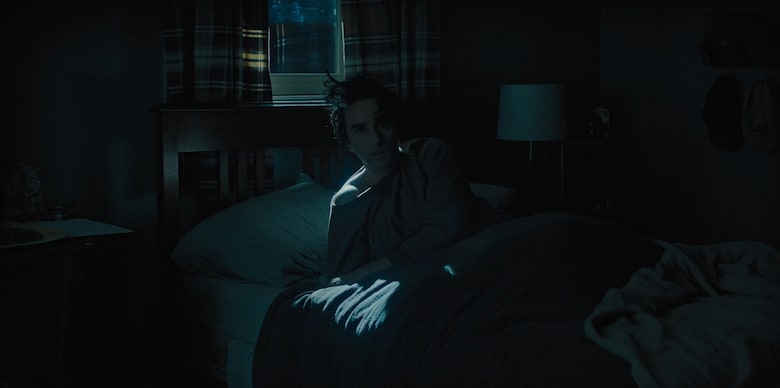
Another meaning that can be found in “The Dream” in Scary Stories to Tell in the Dark is the pale skin along with dark hair. This combination has become synonymous with gothic literature, and now goth culture and goth pop culture. Watch virtually any Tim Burton movie, or Addam’s Family, or just about anything aligned with the goth aesthetic. There are connections to certain depictions of beauty that was solidified and connected to European history that connects this story to long-distilled cultural depictions of gothicism. This pale lady with her stringy black hair, though usually depicted as ugly, is also connecting modern storytelling with a long history of gothicism that can be extrapolated in a number of different ways.
Last Updated on May 19, 2023.

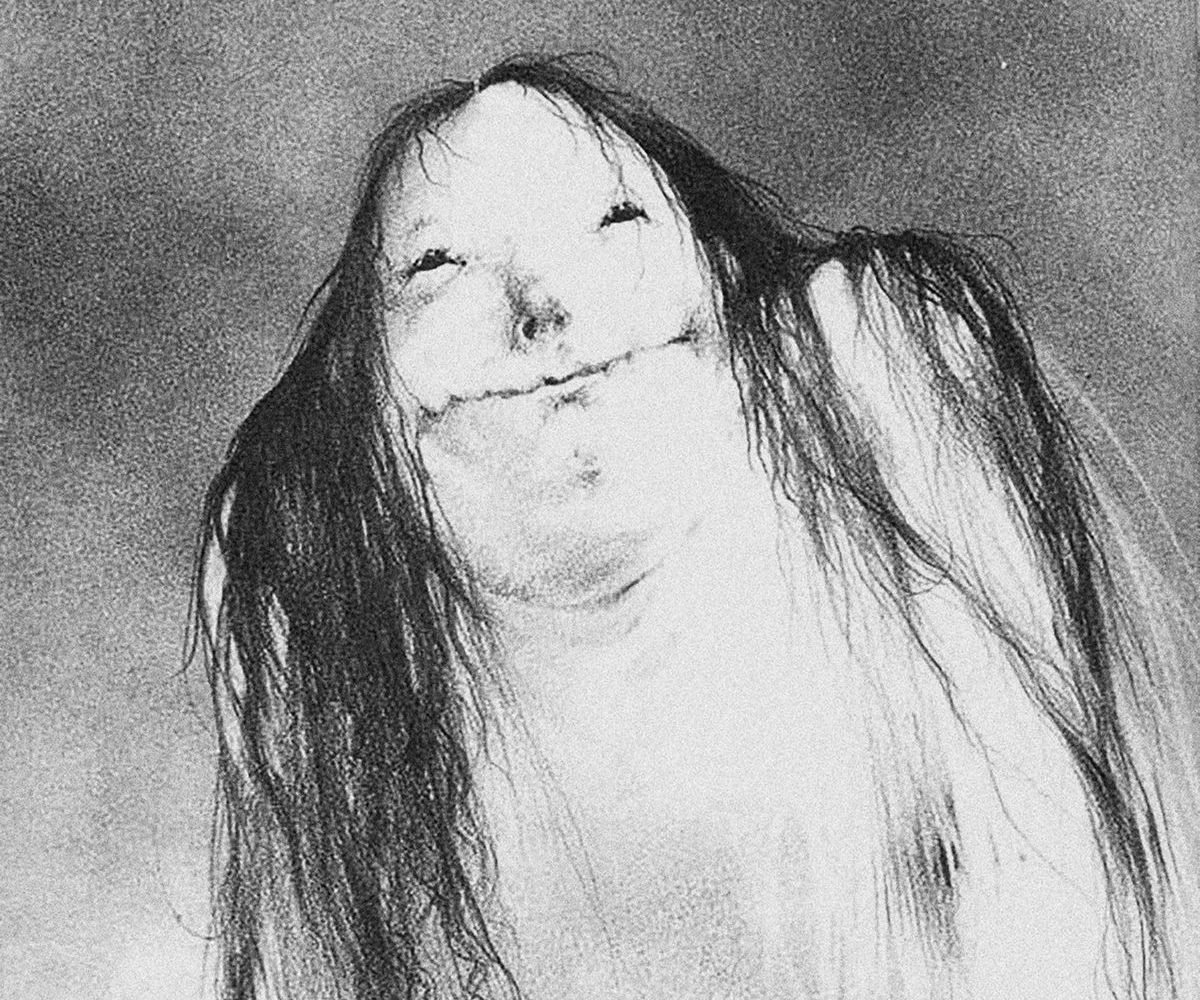
4 Comments